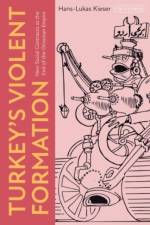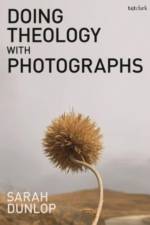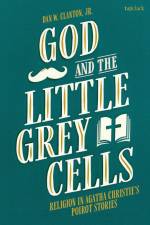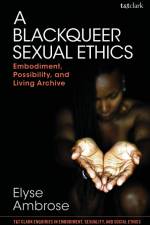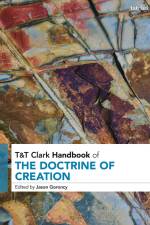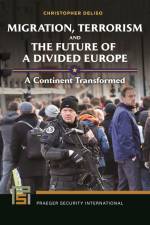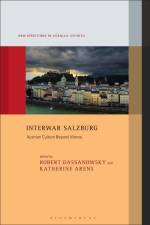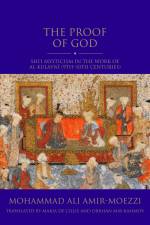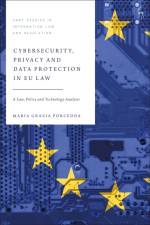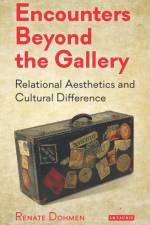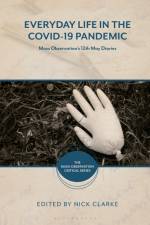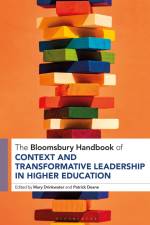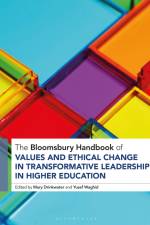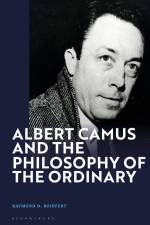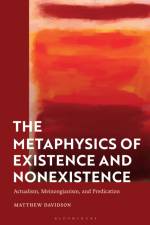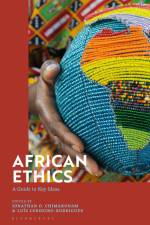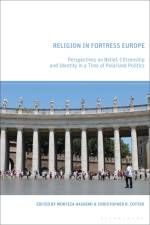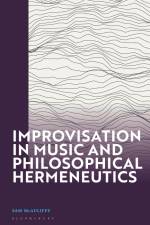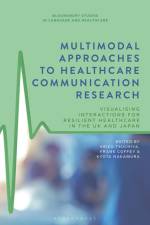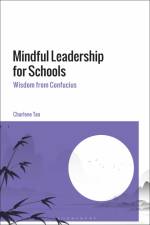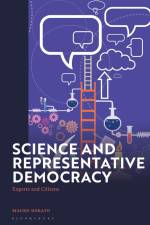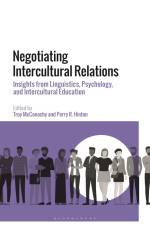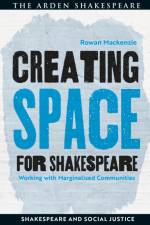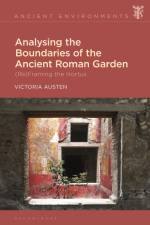av James O'Sullivan
465,-
The Bloomsbury Handbook to the Digital Humanities reconsiders key debates, methods, possibilities, and failings from across the digital humanities, offering a timely interrogation of the present and future of the arts and humanities in the digital age.Comprising 43 essays from some of the field's leading scholars and practitioners, this comprehensive collection examines, among its many subjects, the emergence and ongoing development of DH, postcolonial digital humanities, feminist digital humanities, race and DH, multilingual digital humanities, media studies as DH, the failings of DH, critical digital humanities, the future of text encoding, cultural analytics, natural language processing, open access and digital publishing, digital cultural heritage, archiving and editing, sustainability, DH pedagogy, labour, artificial intelligence, the cultural economy, and the role of the digital humanities in climate change. The Bloomsbury Handbook to the Digital Humanities:Surveys key contemporary debates within DH, focusing on pressing issues of perspective, methodology, access, capacity, and sustainability.Reconsiders and reimagines the past, present, and future of the digital humanities.Features an intuitive structure which divides topics across five sections: "Perspectives & Polemics", "Methods, Tools & Techniques", "Public Digital Humanities", "Institutional Contexts", and "DH Futures".Comprehensive in scope and accessibility written, this book is essential reading for students, scholars, and practitioners working across the digital humanities and wider arts and humanities.Featuring contributions from pre-eminent scholars and radical thinkers both established and emerging, The Bloomsbury Handbook to the Digital Humanities should long serve as a roadmap through the myriad formulations, methodologies, opportunities, and limitations of DH. Comprehensive in its scope, pithy in style yet forensic in its scholarship, this book is essential reading for students, scholars, and practitioners working across the digital humanities, whatever DH might be, and whatever DH might become.

